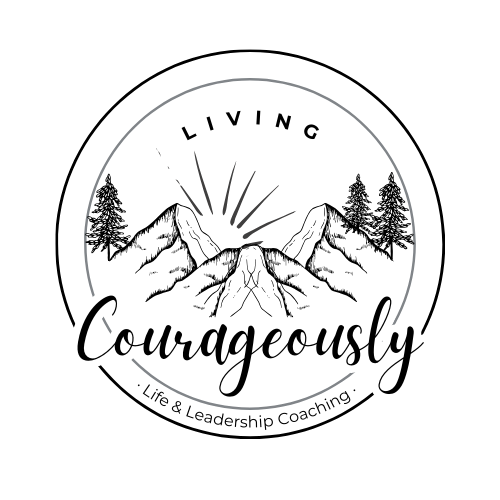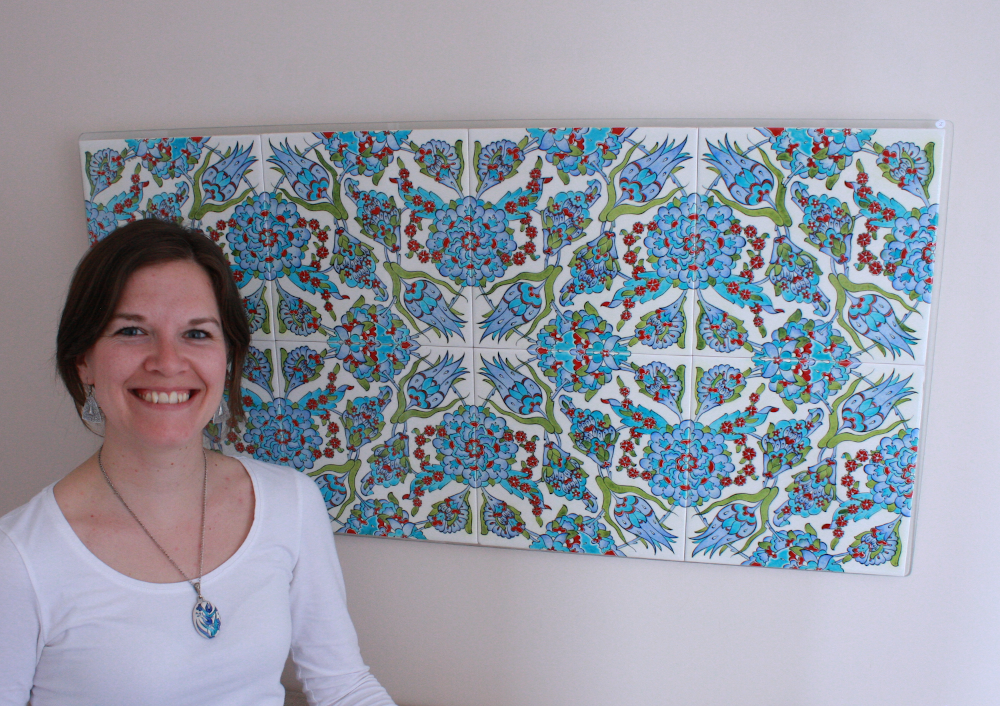
A couple of months after we moved to our first flat in Istanbul, my downstairs neighbour invited me over for coffee. Nervous, but thrilled to be invited in, I prised off my shoes, slid into the slippers she offered me and tiptoed into her spotless salon. As I sat down and waited for her to bring in the Türk kahvesi (Turkish coffee), I looked around the room and was amazed at the display of ceramic ware that she had: mirrors, vases, panels, bowls, something on every surface. As we sipped our hot drinks, I expressed my admiration of the artistry in very poor, broken Turkish. She explained that it was all her own work and that there was a local course just down the road. I couldn’t believe my luck! I’d always dreamt of becoming the wild, pottery creating type and this seemed like a fun place to begin.
A month or so later, despite my rudimentary Turkish and fact that the course had officially started 6 months earlier, the course director very graciously allowed me to join the class. I soon added lale, gül and at kıllı fırça (tulip, rose and horse hair brush) to my vocab list, and became the odd foreigner in a group of welcoming, warm Turkish ladies. And so my Turkish artistic adventure began, back in February 2010.
It’s always an honour to be a stranger and yet find yourself invited into someone’s home. Studying a local art form feels like being invited in to the heart and soul of your new home culture. You take off your shoes and humble yourself, leaving behind your old garb and assuming the new shape and style that has been offered to you. And because art is essentially human, it’s also about relationship and communication. Just as I sat with my neighbour in her salon, trying to connect in broken Turkish, it has been a joy and privilege to be invited in to learn a fluency of brush and beauty, and to celebrate a wonderfully Turkish story of history and design.
My Portfolio
Writing about Art
- Exhibition at the seat of the Sultan
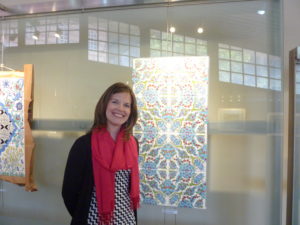 When Ottoman Sultans attended ritual prayer at an Imperial Mosque, they performed their namaz (prayers) from a raised, gilded loge, … Continued
When Ottoman Sultans attended ritual prayer at an Imperial Mosque, they performed their namaz (prayers) from a raised, gilded loge, … Continued - Standen House
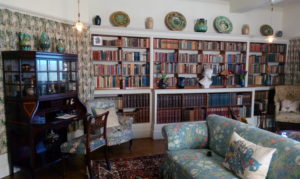 My visit to Standen House was the result of happy chance and coincidence. Flying in to Gatwick, I had researched … Continued
My visit to Standen House was the result of happy chance and coincidence. Flying in to Gatwick, I had researched … Continued - Pursuing the unattainable or journeying home?
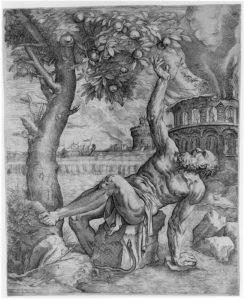 When I was studying literature at university we came across the mythological story of Tantalus. It’s a pretty horrific tale … Continued
When I was studying literature at university we came across the mythological story of Tantalus. It’s a pretty horrific tale … Continued - When an artistic legend makes you weep…
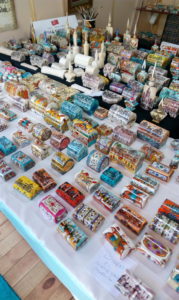 A month or two ago I found myself, completely unexpectedly, crying in public. It was a moment that will remain … Continued
A month or two ago I found myself, completely unexpectedly, crying in public. It was a moment that will remain … Continued - When You Hate What You’ve Done (Part 3)
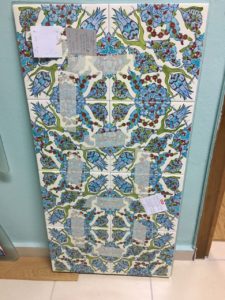 So the panel that defined so much of my last year came out of the kiln and I hated it, … Continued
So the panel that defined so much of my last year came out of the kiln and I hated it, … Continued - When You Hate What You’ve Done (Part 2)
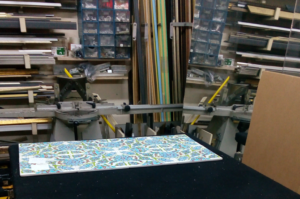 You will remember that when I finally saw the fired, finished panel that had taken me months to complete… I … Continued
You will remember that when I finally saw the fired, finished panel that had taken me months to complete… I … Continued
